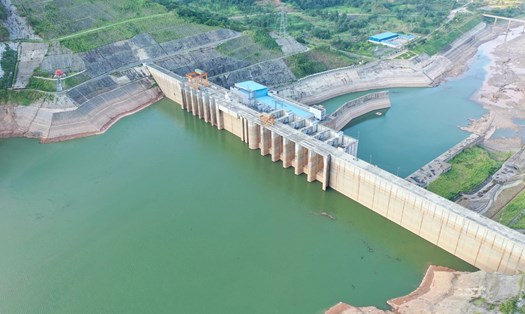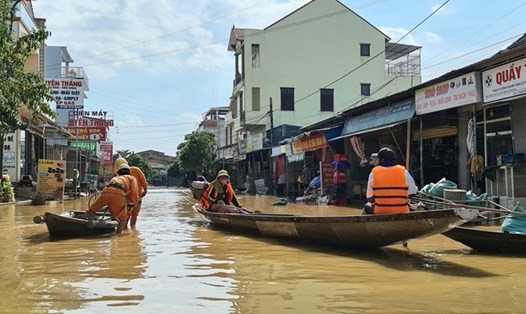Widespread planning
According to PV's research, by February 2025, Ha Giang province currently has more than 70 hydropower projects in the planning with a total capacity of over 1,062.8 MW. Of which, 41 factories are in operation, with a total capacity of over 762 MW.
With a large source of revenue, hydropower is still considered the "golden egg breeder" of Ha Giang province. In fact, since 2005, Ha Giang province has planned 27 projects (phase 1) with a total installed capacity of 520 MW.
By August 2008, the People's Committee of Ha Giang province issued Decision No. 2737/QD-UBND approving the planning for medium and small hydropower development in the area (phase 2) including 34 projects, mainly small hydropower plants, with a total installed capacity of 80 MW.
In 2009 and 2011, Ha Giang province continued to add 9 more hydropower projects on the Lo River and Chay River systems and 2 projects on the Mien River with a total capacity of nearly 176 MW.
In early 2013, after agreeing with the Ministry of Industry and Trade, Ha Giang province removed 27 hydropower projects from the planning, most of which are small hydropower plants with a capacity of less than 3 MW.
In 2023, the revenue of hydropower plants in Ha Giang will reach over VND 2,470 billion, VAT payment will be nearly VND 300 billion, environmental service fees will be over VND 80 billion. Taxes and fees from hydropower projects account for more than 30% of the state budget revenue of Ha Giang province.
However, the consequences and impacts left after a long period of widespread and massive planning for small hydropower projects are present. Associate Professor, Dr. Dao Trong Tu - Head of the Coordination Committee of the Vietnam Rivers and Cataracts Network once said that the reason for the massive licensing of small hydropower projects is partly due to the relatively easy process of adding new projects to the planning.
"It seems that small and medium hydropower plants are being built at all costs, investors just try to order gas pipes to generate electricity on rivers and streams to collect money," said Associate Professor, Dr. Dao Trong Tu.
Overloaded rivers of hydropower
On February 13, reporters were present at the Song Mien 5A Hydropower Plant in Thuan Hoa Commune, Vi Xuyen District (Ha Giang). Although 1 of the 3 spillways of this hydropower plant discharges water, it is in a "drop-off" manner.
In contrast to the water-filled scene on the other side of the dam body, downstream towards Ha Giang city, the Mien River bed is exposed, many sections can still wade through, the river almost stops flowing.
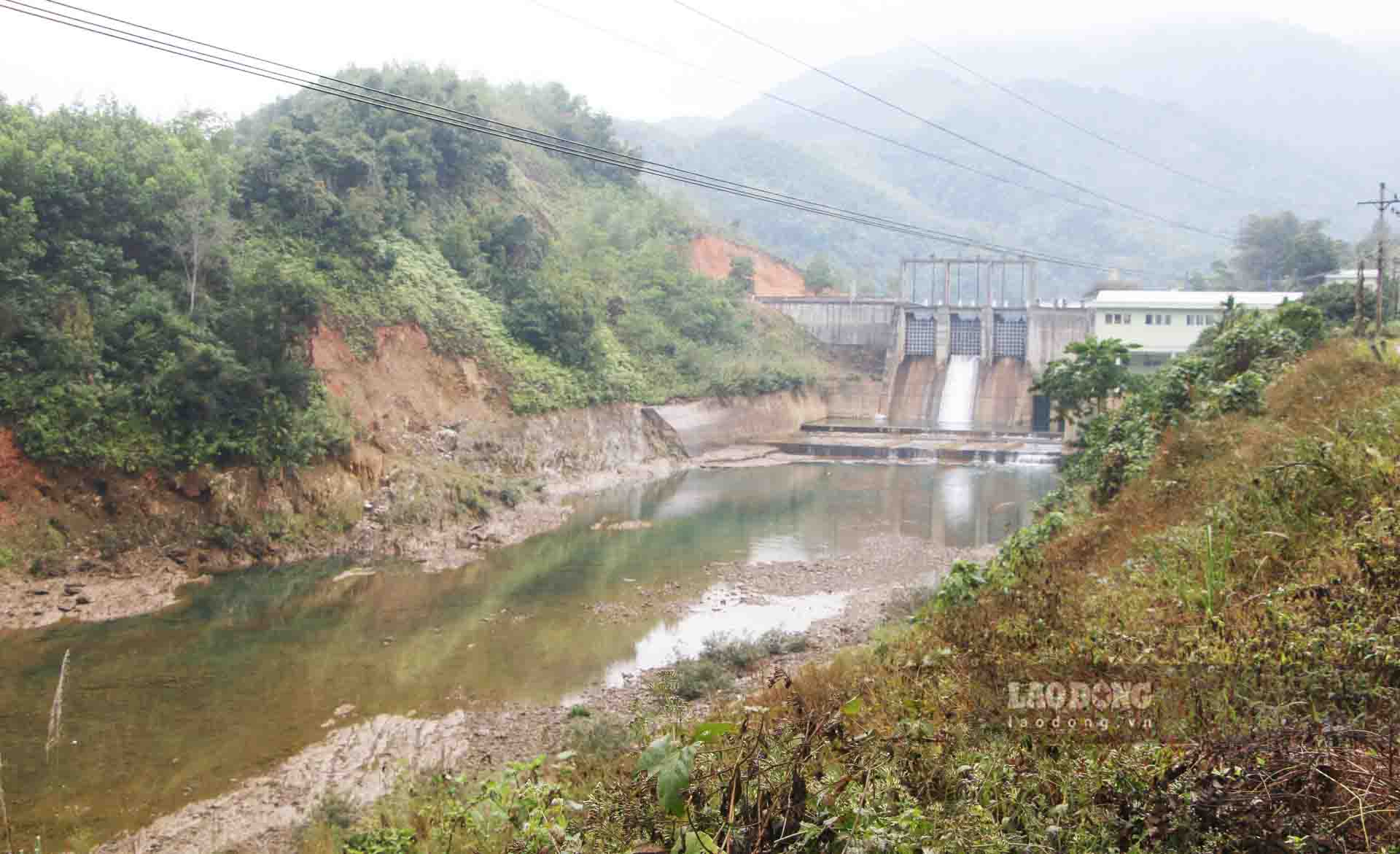
Mr. Ly Van Minh (Thuan Hoa commune) said that local people are very familiar with the situation of the riverbed behind the hydropower plant being dry. Since the hydropower plant was built, fishing for shrimp and fish has almost not been as good as before.
"When they closed the dam to store water and did not generate electricity, there was almost no water flowing, looking out into the riverbed, they saw that there were rocks and stones left. About a few hours a day when the hydropower plant generates electricity, the Mien River will have water," said Mr. Minh.
About 6km from Song Mien 5A, the Song Mien 6 hydropower plant in Ha Giang city is in a similar situation. When at the time of water storage, there is no power generation, behind the dam body is a dry, bottomless river.
According to the reporter's research, each river in Ha Giang is currently "carrying" an average of 3 - 6 hydropower plants. The Mien River flows through Ha Giang for only more than 60 km, but there are 6 hydropower projects ( Bat Dai Son, Thai An, Thuan Hoa, Song Mien 5, Song Mien 5A and Song Mien 6) in operation.
On the section of Nho Que River flowing through Meo Vac district, there are currently 3 hydropower plants (Nho Que 1, 2, 3) operating at the same time. On the Lo River, there are 6 hydropower plants planned, most of which have been put into operation. In addition, on the Chay River, Chung River, Nhiem River, and Bac River, there are also dozens of small hydropower plants that have been and are about to come into operation.
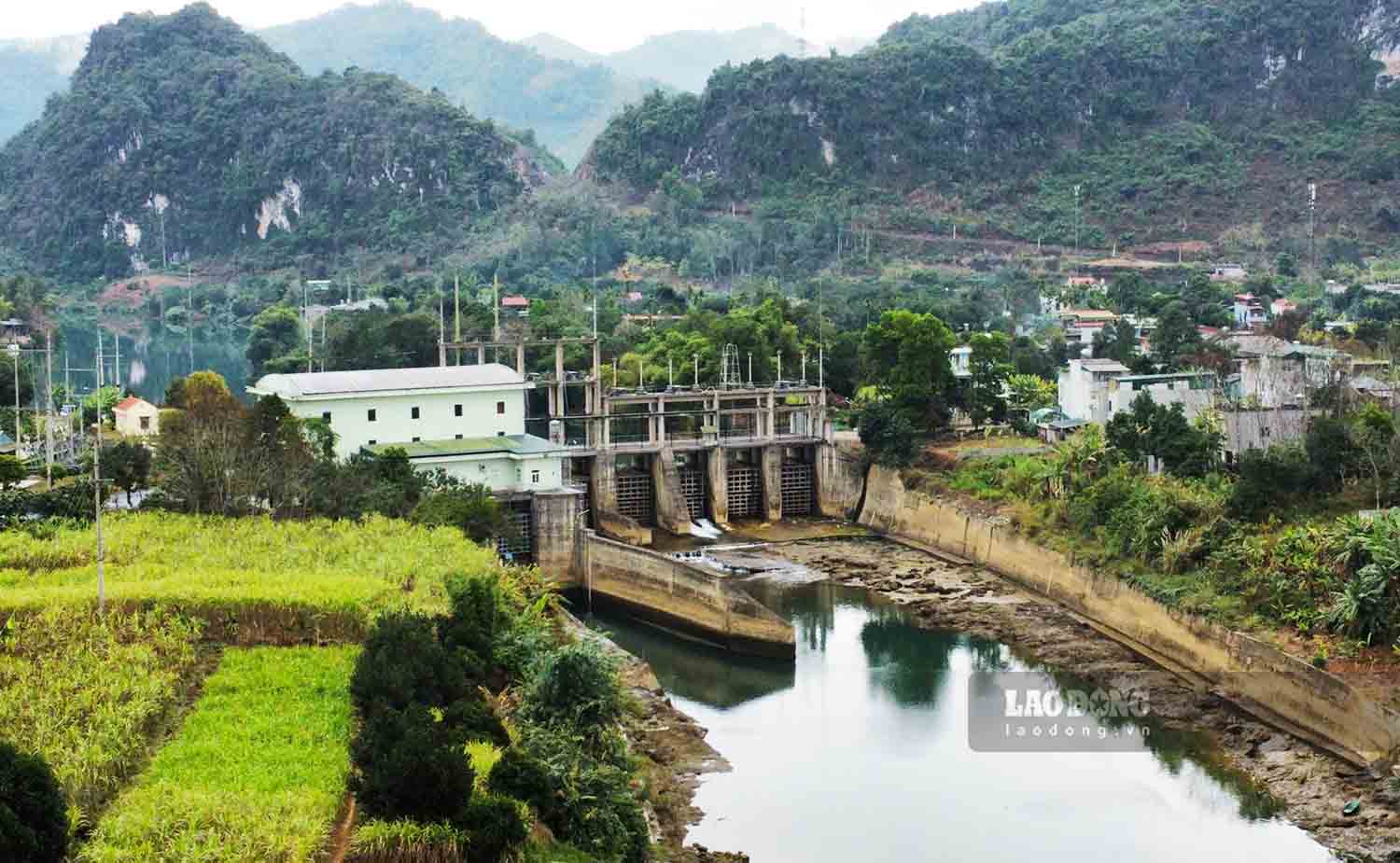
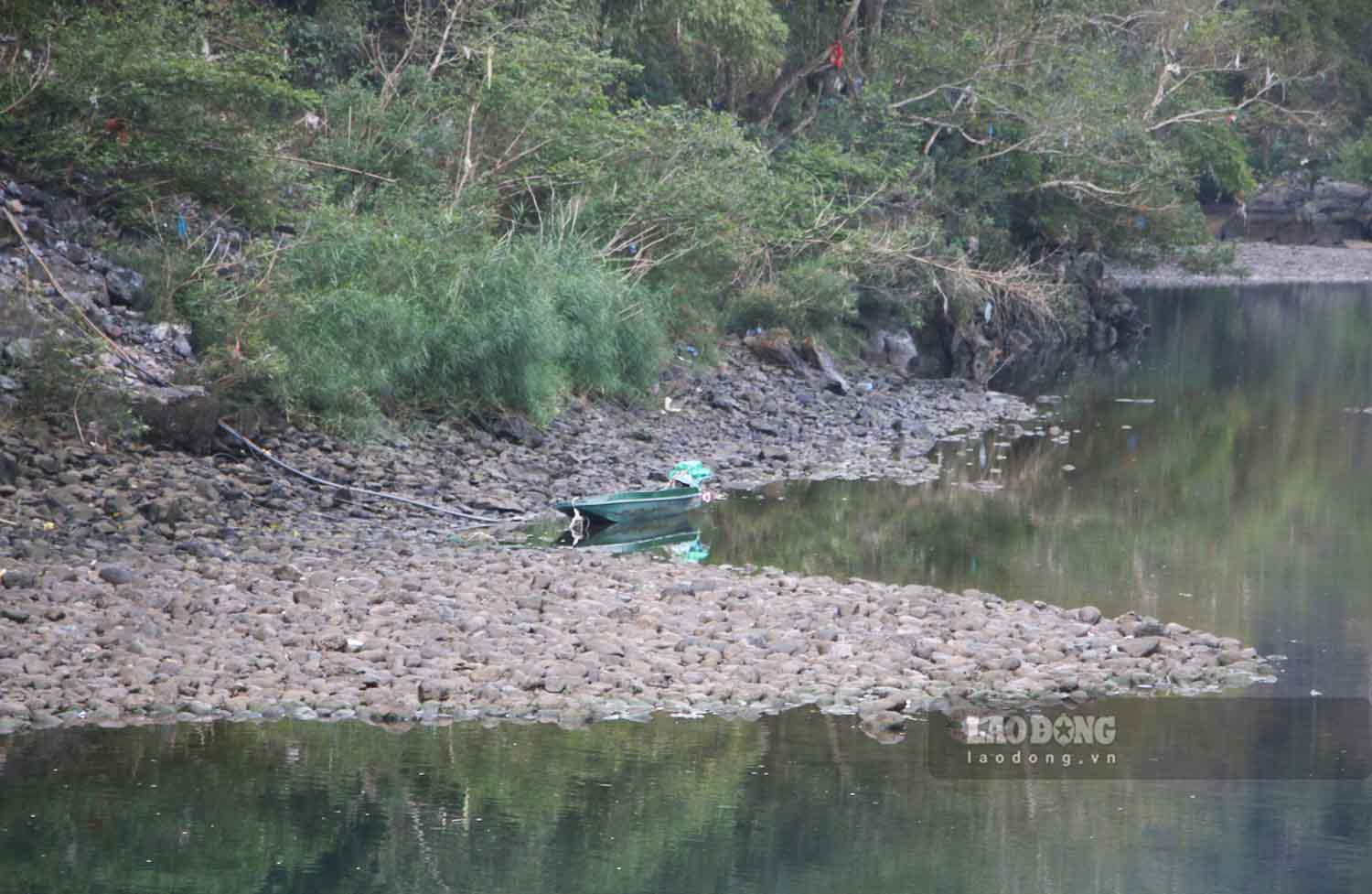
The massive development of a hydropower staircase system on the same river causes the flow to change, the ecological environment to be disrupted. The storage of water for power generation also causes a situation where it is not possible to ensure maintaining the minimum flow according to regulations.
Talking to reporters, engineer Nguyen Trong Phuc - with more than 20 years of experience in operating hydropower plants in the northern mountainous region - said that the characteristics of mountainous rivers and streams with low flow are low, especially in the dry season, causing long water storage times and short power generation times.
"Sorrying water for 10-12 hours, sometimes the generator only runs for 3-4 hours and the water is gone. Meanwhile, the selling price of electricity during peak hours is often dozens of times higher than low hours, so every plant saves to generate electricity during peak hours," said engineer Nguyen Trong Phuc.








